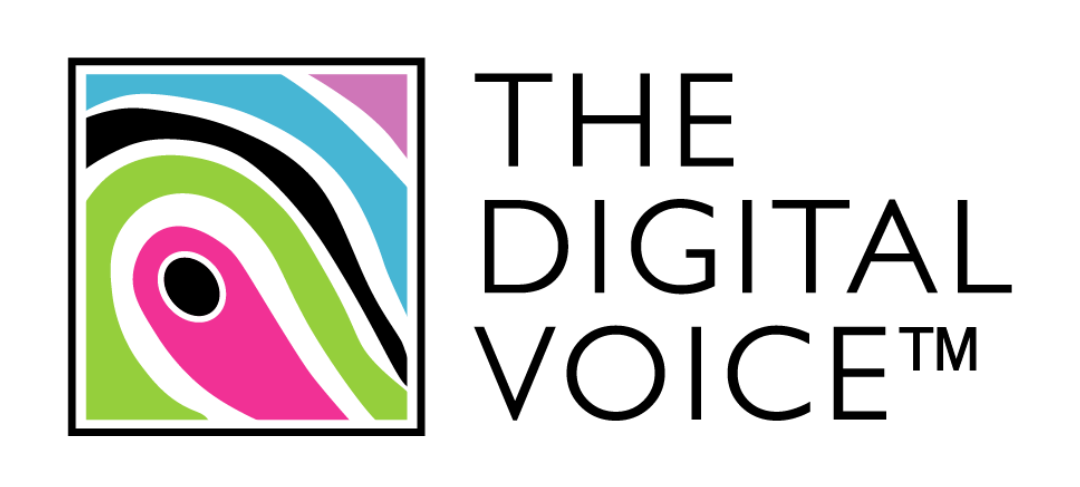Unlocking the mysteries of the new consumer journey
with partnership marketing

As we have all become accustomed to hopping from channel to channel and device to device, the consumer journey has gone through an undeniable sea-change in recent years. The traditional marketing funnel - in which consumers neatly, obediently descended from discovery to conversion to loyalty - no longer applies. Instead, discovery, consideration and conversion intermingle freely across various digital and physical spaces.
The challenge for marketers is best demonstrated by the fact that, while most consumer research is carried out online, recent eMarketer and impact.com research finds that 83.8% of retail spending still takes place in-store. 69.3% of consumers discover new products weekly, but they also engage with brands at least three times before spending. How do brands stay on top of that kind of scatterbrained multi-channel behaviour?
Tracking and engaging the user through their journey has undoubtedly never been more challenging, but the partnership economy is a powerful ally for brands and agencies looking to do that. My thanks to Nedra Lim, Product & Data Enablement Lead for Partnerships at Skyscanner; Dom Coleridge, Commercial Director, Scale Digital; and Inez Miedema - Co-Founder and CEO, GrowthHQ for contributing to this article.
Affiliates: Control the chaos
The contemporary consumer journey features multiple touchpoints across each section of the new consumer journey. This plays to the strengths of the partnership model, since affiliates, influencers and creators of any kind can be commissioned to engage consumers at each stage of their journey to purchase.
“Consumers today focus a lot on the human touch or a story element,” says Nedra, “so it’s crucial for brands to focus on partnerships that do exactly that - engaging consumers, rather than just churning revenue.” Different kinds of partnerships will work for different brands, so it’s all about using partnership marketing platforms to work out which partner type drives the most value, and where money is best invested.
Innovating beyond traditional partners
As the space matures, we’re also seeing the rise of new, niche partnership types. This includes content partnerships, fintech affiliates and AI-powered recommendation platforms. The latter in particular is gaining significant traction. “We’ve seen a huge uptick in brands focused on AI experiences - it’s a growing sector focused on exploration and it’s definitely key for a travel brand like us.”
Content creators are proving a highly versatile set of partners, and CTV is also in a very interesting place.“There is very much a ‘wild west’ feel with some partners in this new channel, and I think many platforms, including the MMPs, are trying to adapt their solutions to accommodate it,” says Dom, who notes that Scale Digital is nonetheless experimenting in the space via its app clients. For the platforms and partners that can adapt quickly the rewards are huge, he points out, especially given the size of the US market.
Attribution - move beyond last-click
In the multichannel, multi-device world, attribution is every marketer's biggest headache. It's difficult to innovate here, too, because much of the industry works on the last-click model, and pushing for change can potentially disincentive popular partnership types, such as cashback, that work this way.
Yet, given that customers typically engage with brands three or more times before buying, correct attribution beyond last-click is necessary if we are to understand the customer journey and fairly compensate all partners.
“There is no definitive answer of what the best attribution model is,” says Inez. “What's important is that you show the value each touchpoint or publisher drives along the funnel.”
For example, first paid click is powerful for recognising the contribution an influencer’s content plays in a campaign. Rather than working to completely upend an attribution model, brands and agencies might find it easier to experiment with new benchmarks.
High-value customers shape affiliate strategy
The eMarketer/impact.com study shows that high-income consumers (those who earn £200k+) research products five or more times before purchasing, and engage more with digital tools, influencer content and chatbots. As a result, ensuring that your strategy uses partners across the new consumer journey will give the best chance of engaging and ultimately converting this lucrative audience.
“While we continue to double down on our traditional partnerships, we have evolved our partnership strategy to start focusing on different parts of the funnel and rewarding partners differently - working with creators to drive inspiration, and AI partners to optimise in AI search,” says Nedra.
Nedra points out that consumers of all kinds are searching differently, increasingly using social media to research food recommendations, for example, and AI to build a travel itinerary in seconds.
Long-form content and third party validation via partners will drive an increasingly informed high-value audience to purchase. “Conversion rates are two to three times higher through those methods than with other paid channels,” says Inez.
The irrepressible rise of AI
AI has a huge role to play in optimising many aspects of how the partnership economy engages consumers in the customer journey. This includes driving dynamic commission structures, predictive analytics, and creating personalised offers.
But AI is also playing a key role in areas such as client relationship management. “We are essentially working on equipping our CS team with their own ‘personal assistants’ to execute the most valuable tasks for their clients’ strategy,” says Dom.
AI is also an increasingly powerful content creation tool, too. At the far end of the scale AI influencers are becoming increasingly common, but more prosaically AI is being used to develop video scripts, social media hashtags and foreign language translations.
Understanding - and successfully engaging with - the new consumer journey can seem a daunting task. Yet, partnership marketing is ideally placed to meet audiences at every step of their route to purchase.
Also published in:
Performance Marketing World



